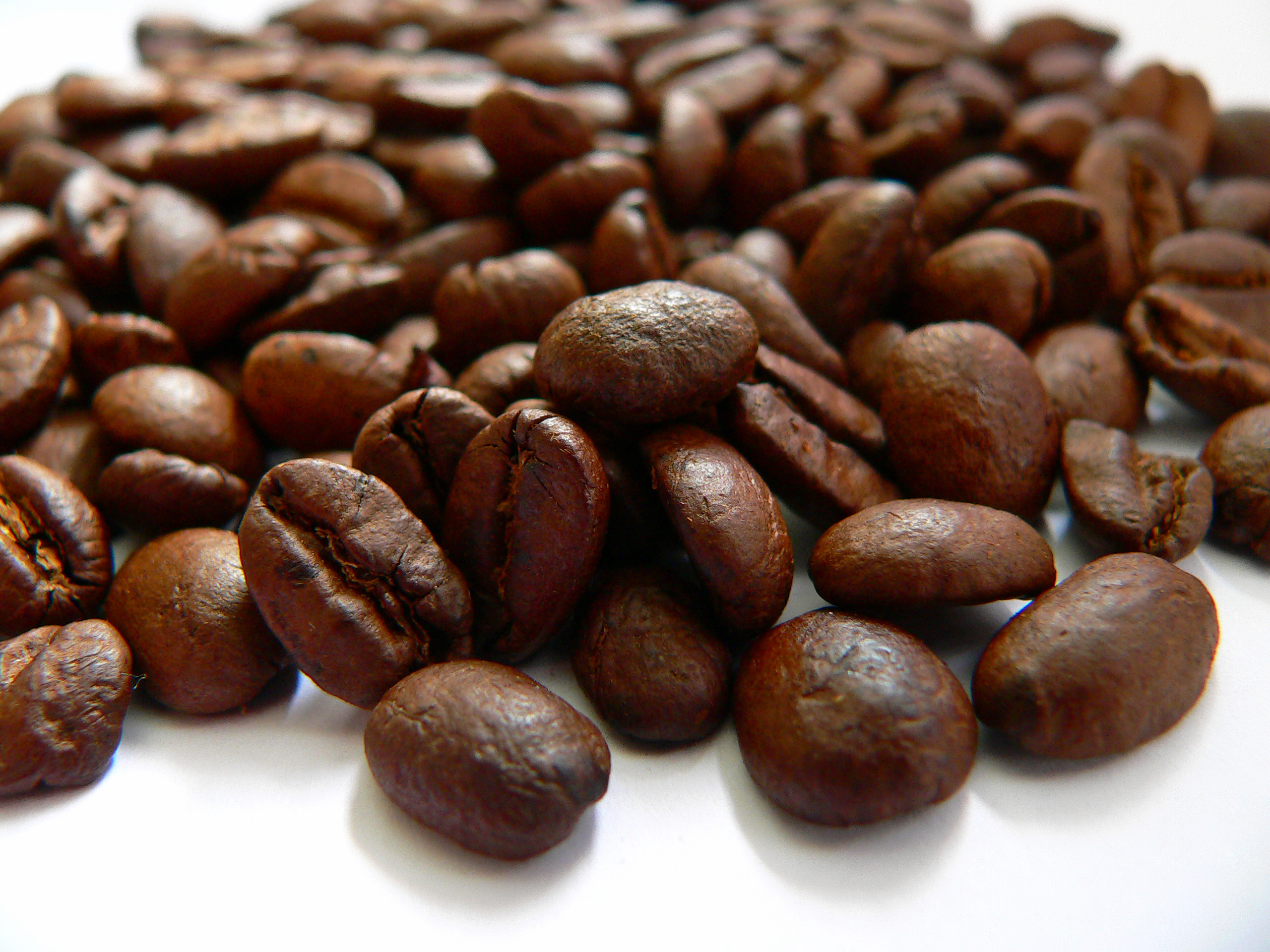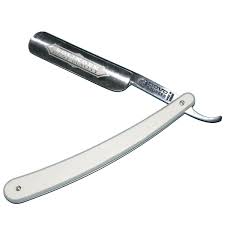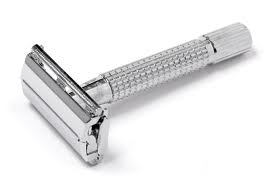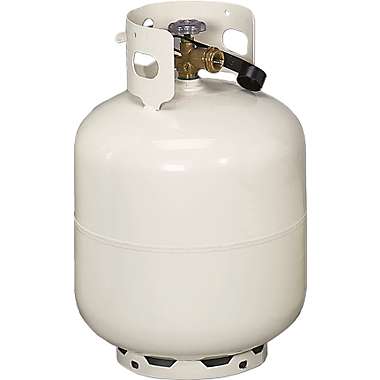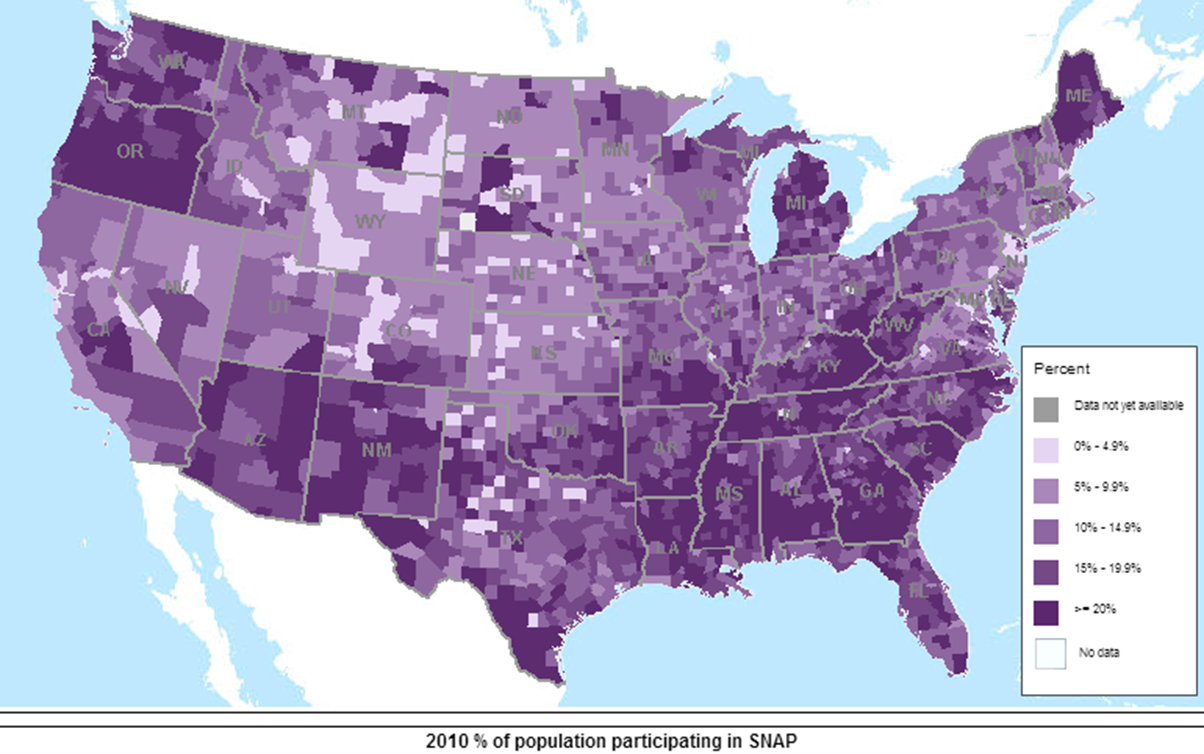
“Nine Meals from Anarchy” is an expression coined by Lord Cameron of Dillington, a farmer from England who was speaking about Britain’s food supply. I believe he is absolutely correct! In modern society when the populace hasn’t eaten, whether because there was no food or it was too expensive for them to buy, civil unrest ensues.
Disclaimer: I don’t touch on politics often and sometimes get complaints when I do. I am going to get into politics today as I believe our governmental practices could have a direct impact on the populace. If you disagree, that’s fine, but keep the discussion civil please. I will tie this back into preparedness.
Over the weekend there was a problem with the EBT (think food stamps) system that was not showing the amount allowed to spend, thus leading to allowing unlimited purchases. Once discovered, the EBT system was temporarily brought down. There were two Walmart’s in Louisiana that decided to let people make purchases anyway. This resulted in crowds so large that one Police Chief said the store was so packed, it was worse than any black Friday. Many shelves were stripped bare. Once the system came up, it was obviously discovered that people were abusing the system. There were other stores that didn’t allow purchases to be made and many shoppers took to social media threatening to riot.
Civil unrest related to food is nothing new. Many of you will remember the world-wide food riots in 2008, but we can go all the way back to Marie-Antoinette (1755-1793). She was the queen of France who said “Well, let them eat cake,” when told that her people did not have bread to eat.
What is the Real Problem?
The problem is so much bigger than a computer glitch and the temporary shutdown of the EBT system. It is my opinion that we have a large portion of the population that has become takers. We have over 47,000,000 people on food stamps, which is over 1/6th of our population. These are people who CANNOT feed themselves without government assistance. I have no problem with people who have fallen on hard times and need the assistance. My parents had to use it when I was a child, welfare and food stamps are the only reason we were able to eat at times.
Unfortunately, there is a huge amount of people who are cheating the system. With a quick internet search you can find ways to game the system and claim benefits that they should just not have. There are also people who live off of government assistance as a way of life, instead of assistance during a rough time.
Cloward-Piven Strategy
Richard Cloward and Frances Fox Piven were professors at the Columbia University School of Social Work. Their strategy was to overload the American welfare system by having it be so large that it would lead to a crisis that would put an end to the welfare system, replacing it with a socialist guaranteed annual income. These radicals and others like them have ties to and are friends with President Obama.
We now we have over 47 million people collecting food stamps, over 12 million on welfare and roughly 5.5 million collecting unemployment. Government handing out “Obama phones”, giving subsidies for childcare to people who are not working and on and on. With the policies of this President, we are approaching that tipping point faster than ever before.
EBT Being Defunded?
On 10-15-2013 I got an alert from AlertsUSA that said:
“USDA: States told to withhold foodstamp / EBT payments for Nov due to funding lapse. If directive holds expect dangerous societal impact, partic in urban areas.”
Since I had planned on publishing this article today, I asked my contact if he has any more info. He sent me the following link; Foodstamp Program Shutdown Imminent? The article is worth reading and the video from a local Utah Newscast is worth watching. For those with limited time, I’ll summarize.
The Crossroads Urban Center in Utah obtained a memo from the USDA (the memo can be seen by following the link). Among other things, the memo states:
“understanding the operational issues and constraints that States face, and in the interest of preserving maximum flexibility, we are directing States to hold their November issuance files and delay transmission to State electronic benefit transfer (EBT) vendors until further notice.”
Essentially, because of the government shutdown, the USDA is recommending that states not fund the food stamps systems.
With this in mind, remember what I said about Cloward and Piven. It makes a person wonder if the government shutdown isn’t just a means to an end.
What Does This Mean for You?
There have been a few hiccups related to food stamps in the last few years, as well as threats of rioting. Violence, in varying degrees, has broken out each time. What kept these threats and minor violence from breaking into utter chaos and anarchy? Nine meals.
When people who have been led to believe that their government owes them money for food, rent, childcare, cell phones and other related things, and that money is either reduced, or doesn’t come for a week or two, watch out! This is purely speculation on my part, but I believe that this could lead to widespread rioting and looting after just after a few days. If you live in an area with even a moderate percentage of the population on the government teat, pay attention to stories like this in your area and have a bug out plan.
I firmly believe that a prepper should guard the fact that they prepare, as well as what they have in their preps. I have no problems if hard times fall and you feel compelled to share with others, but as I have previously written, Jesus told us to give in secret. This way, if you feel God leading you to share, you can, but it honors God and not you.
If you liked this article please think about sharing it on the social media listed below, thanks!

